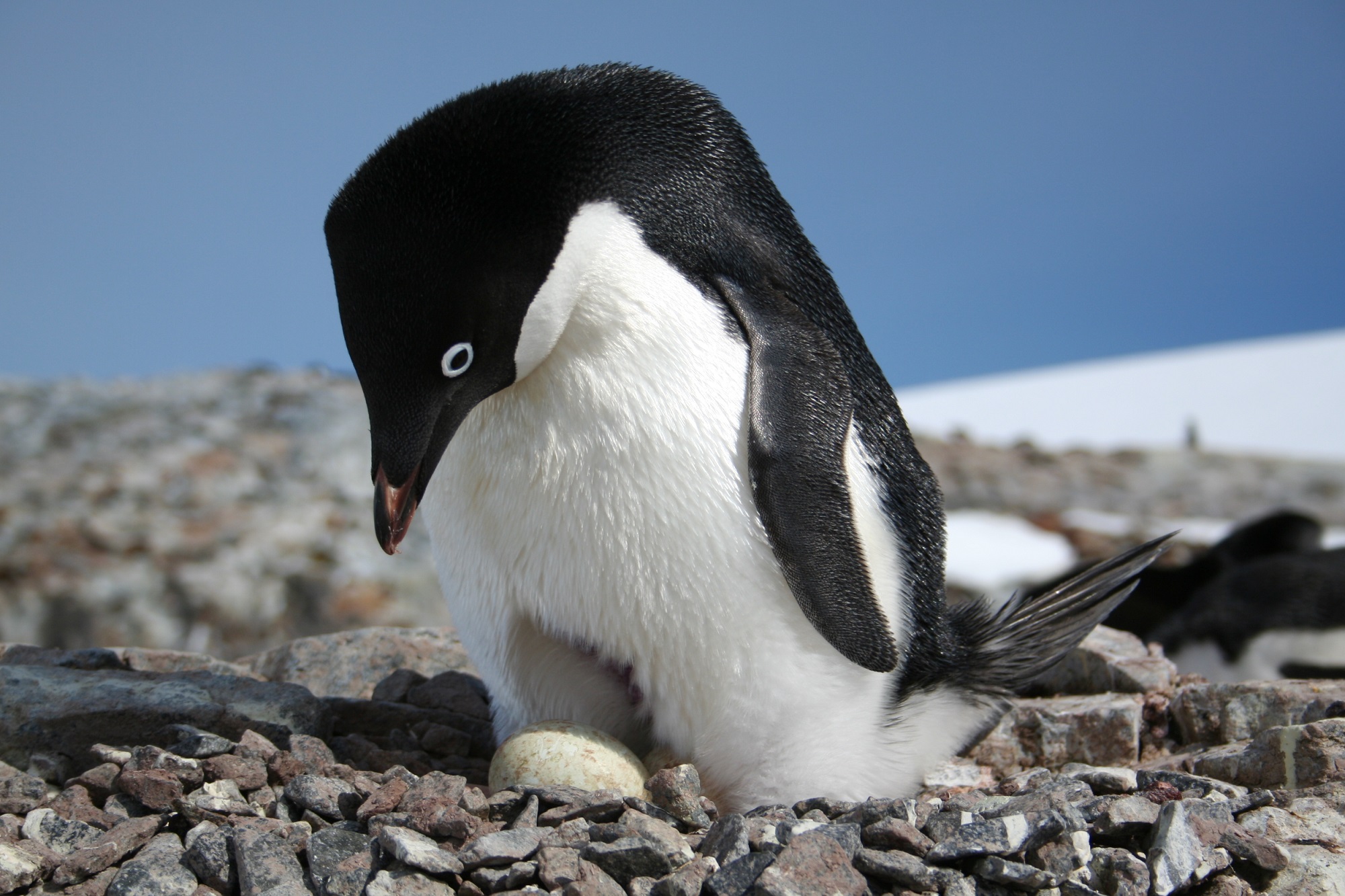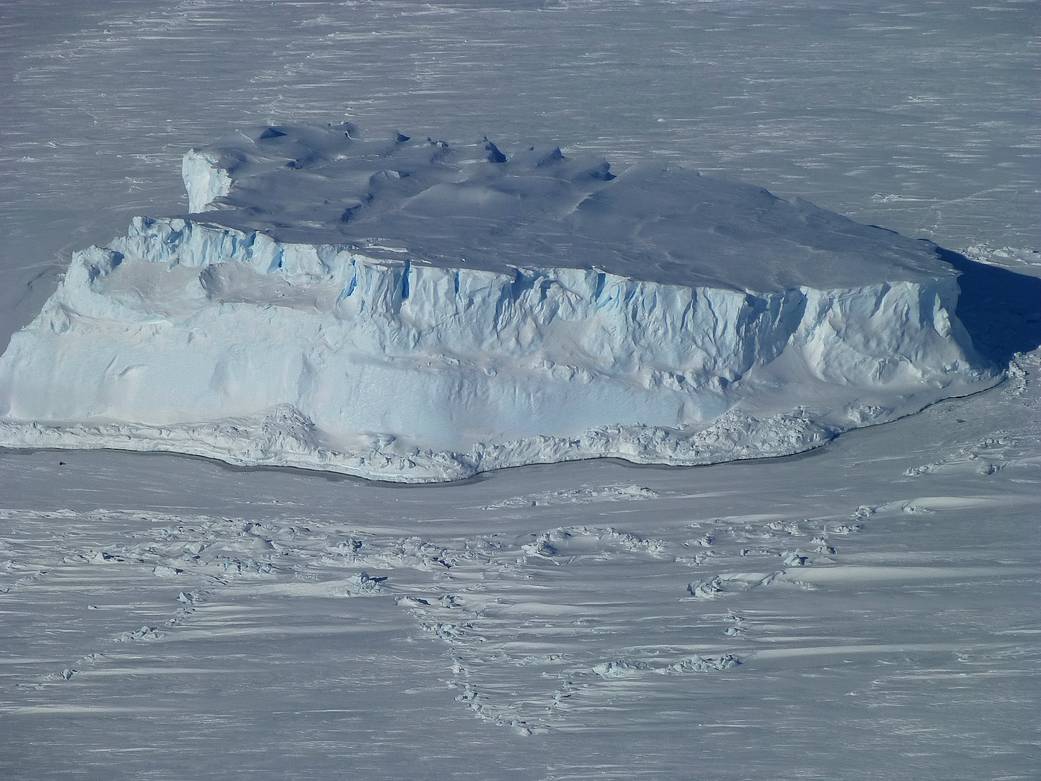This article is for students grades K-4.
Antarctica is a continent. It is Earth’s fifth largest continent. Antarctica is covered in ice. Antarctica covers Earth’s South Pole.
What Is Antarctica Like?
Antarctica is the coldest place on Earth. The temperature in the winter is cold enough to freeze water all the time. The temperature in the middle of Antarctica is much colder than the temperature on the coasts.
Antarctica has two seasons: summer and winter. Earth is tilted in space and the direction of tilt never changes. During summer, Antarctica is on the side of Earth tilted toward the sun. It is always sunny. In winter, Antarctica is on the side of Earth tilted away from the sun. Then, the continent is always dark.
Antarctica is a desert. It does not rain or snow a lot there. When it snows, the snow does not melt and builds up over many years to make large, thick sheets of ice, called ice sheets. Antarctica is made up of lots of ice in the form of glaciers, ice shelves and icebergs.
Antarctica has no trees or bushes. The only plants that can live in a place that cold are moss and algae.
Who Lives in Antarctica?
Antarctica is too cold for people to live there for a long time. Scientists take turns going there to study the ice. Tourists visit Antarctica in the summers. The oceans around Antarctica are home to many types of whales. Antarctica is also home to seals and penguins.
What Can NASA Learn About Earth From Studying Antarctica?
NASA uses satellites to study Antarctica. NASA wants to know how Antarctica is changing. Scientists want to know what the changes in Earth’s climate are doing to Antarctica’s ice sheets. They also want to know what changes in Antarctica’s ice might do to Earth’s climate.
One tool that NASA uses is ICESat. That stands for the Ice, Cloud and land Elevation Satellite. Using ICESat, NASA can measure changes in the size of Antarctica’s ice sheets. ICESat also helps NASA understand how changing polar ice may affect the rest of the planet. Melting ice sheets in Antarctica may change sea levels all over the world.
NASA instruments have also helped scientists create detailed maps of Antarctica. The maps help researchers when planning trips to Antarctica. They also give people a clearer view of the continent.
What Can NASA Learn About Space From Studying Antarctica?
Antarctica is a good place to find meteorites, or rocks that fall from space to Earth. Scientists find more meteorites in Antarctica than any other place in the world. Meteorites are easier to see on the white ice. Also, meteorites that fall to Antarctica are protected by the ice for a long time.
NASA sends teams to Antarctica to learn more about the planet Mars. Antarctica and Mars have a lot in common. Both places are cold. Both places are dry like a desert. NASA tested robots in Antarctica that later landed on Mars.
NASA also goes to Antarctica to study astronaut nutrition. Like people that are in Antarctica in the winter, astronauts in space are not in the sunlight. The sun helps the human body make vitamins. Scientists study people that visit Antarctica to learn how to help astronauts in space get enough vitamins.
More About Antarctica
NASA LIMA: Faces of Antarctica
ICESat
Meteorites From Antarctica





























